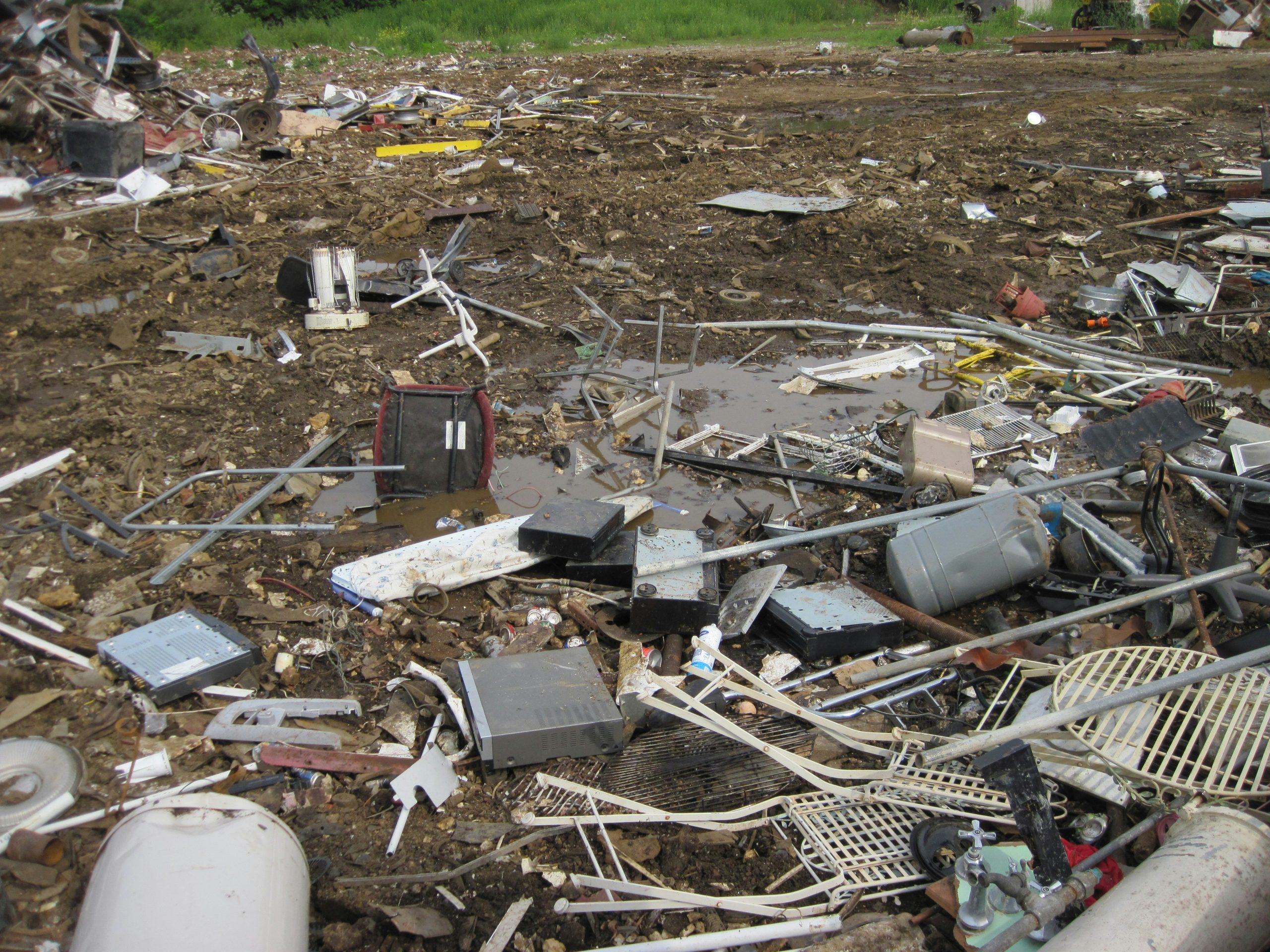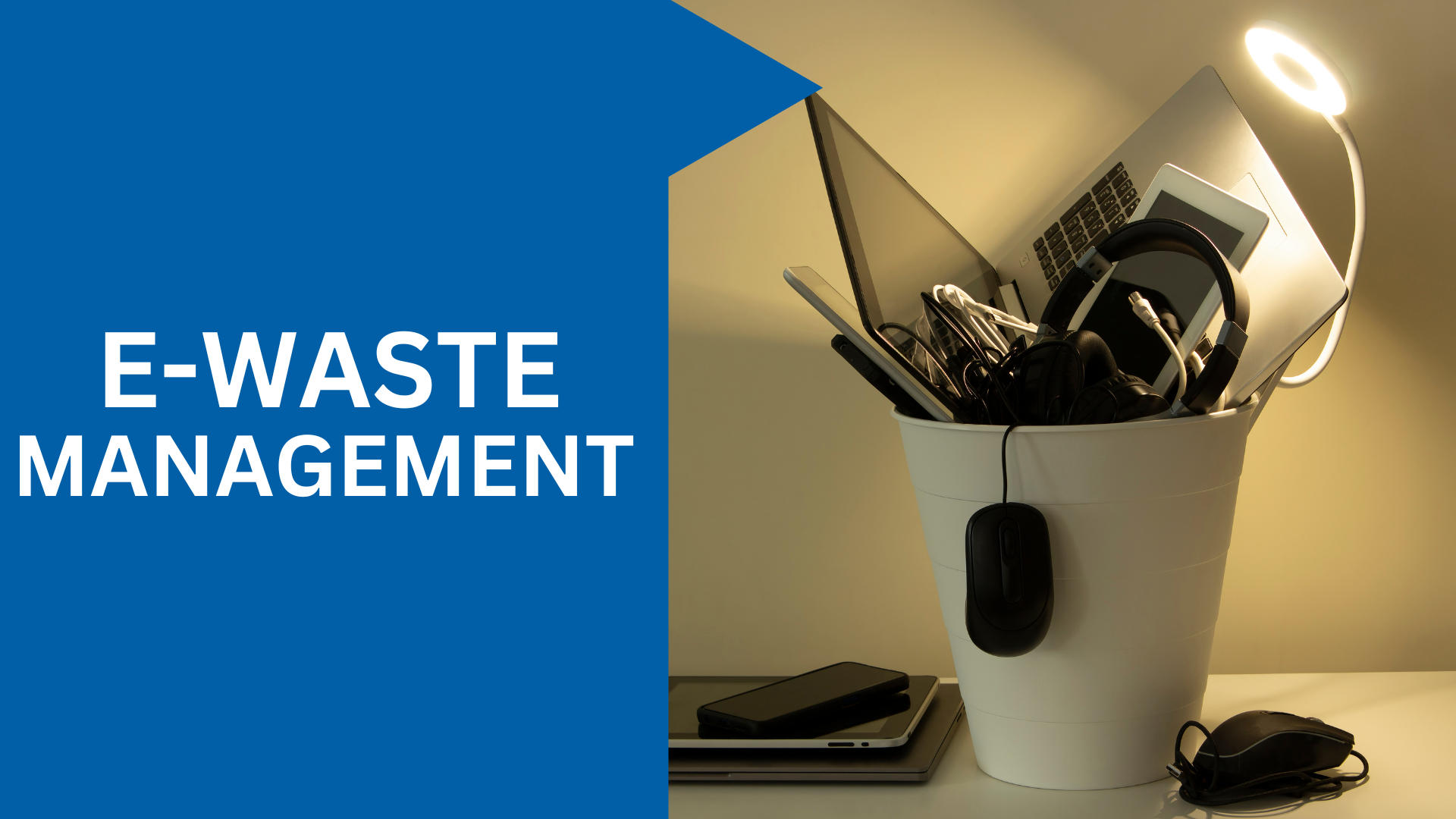What is E-Waste Management?
E-waste, or electronic waste, encompasses discarded electronic devices that are no longer in use or wanted. From smartphones to laptops, these gadgets have become an important part of our daily lives, but also contribute significantly to the global waste problem.
Why is E-Waste a Global Concern?
The rapid advancement in technology leads to decreased device lifespans, causing an unprecedented amount of e-waste. This trend poses serious environmental and health risks due to the toxic substances found in electronic devices.
The Impact of E-Waste on the Environment
E-waste can release harmful toxins into the environment, contaminating soil and water sources. These toxins include lead, mercury, and cadmium, which can have detrimental effects on human health and biodiversity.
Strategies for Effective E-Waste Management
 Recycling and Recovery Processes
Recycling and Recovery Processes
Recycling e-waste is vital for recovering valuable materials and reducing the environmental impact. This section explores the methods and facilities that enable the safe processing of e-waste.
Consumer Recycling Options
As individuals, we play a crucial role in e-waste management. This part discusses how consumers can properly dispose of their electronic devices through local recycling programs and other eco-friendly initiatives.
Corporate and Governmental Recycling Initiatives
This segment sheds light on the efforts made by businesses and governments worldwide to tackle e-waste, including recycling schemes and policies aimed at encouraging responsible e-waste disposal.
Reducing E-Waste Through Design
Innovative design strategies can significantly reduce e-waste production. Design for disassembly and extended producer responsibility are approaches that encourage the creation of more sustainable electronics.
Legislation and Policies on E-Waste
Global E-Waste Regulations
Understanding the global landscape of e-waste regulations helps in recognizing the efforts being made to mitigate e-waste issues. This includes international agreements like the Basel Convention.
National Laws and Compliance
Different countries have adopted various laws to manage e-waste. This section will look into how these laws impact both manufacturers and consumers in terms of e-waste disposal and recycling.
Innovations in E-Waste Management
Cutting-edge Recycling Technologies
Emerging technologies offer new ways to recycle e-waste more efficiently and safely. From bioleaching to cryogenic comminution, these innovations promise a greener future for e-waste management.
Circular Economy and E-Waste
The circular economy model emphasizes the reuse and refurbishment of electronic devices to minimize waste. This part explores how this model can be a game-changer in e-waste management.
The Role of Consumers in E-Waste Management
How Consumers Can Make a Difference
Every individual has the power to influence e-waste management positively. This section provides practical tips for consumers to reduce their electronic waste footprint.
Donating and Selling Used Electronics
One person’s e-waste can be another’s treasure. Donating or selling used electronics not only extends the life of these devices but also prevents unnecessary waste.
Choosing Eco-friendly Electronics
Making informed choices when purchasing electronics can significantly reduce e-waste. This part guides consumers on what to look for in eco-friendly gadgets.
Conclusion
The fight against e-waste requires concerted efforts from individuals, corporations, and governments. By adopting sustainable practices and supporting eco-friendly initiatives, we can pave the way for a cleaner, healthier planet.

